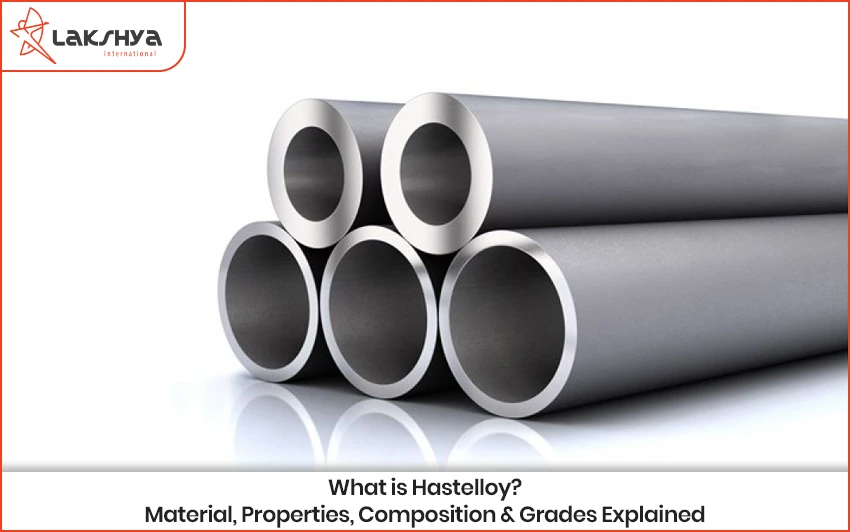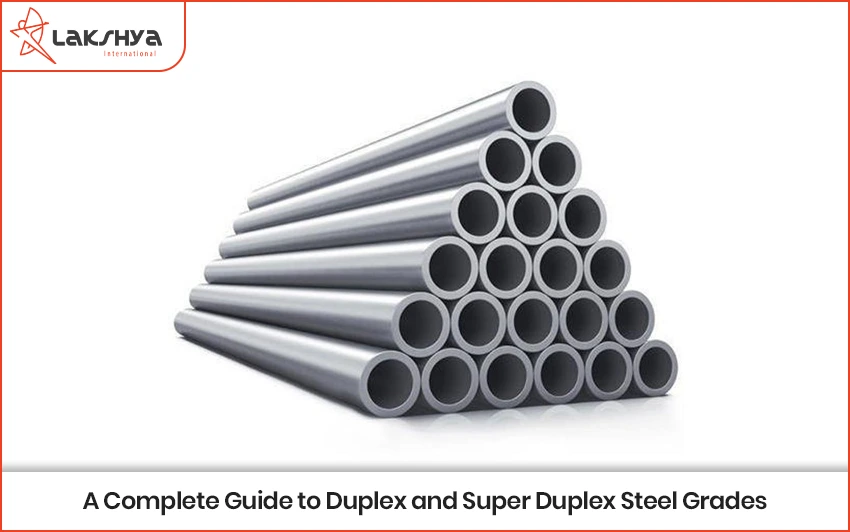Let’s find out why is Steel Used in Construction of Buildings:-
Building is one of the major steel users and accounts for about 50% of world steel requirements.
Houses and car parks, schools and skyscraper buildings rely on the strength of steel. Roofs and outside wall cladding are also made of steel.
In structures and infrastructure the options for employing steel are unlimited. The following are the most prominent examples.
Framework Parts:- Give the structure a solid, rigid frame and account for 25% of its steel utilisation in buildings.
Strengthening Bars:- they add to the concrete tensile strength and rigidity and represent 44% of the construction’s use of steel. Steel has a very high and reasonably cost-effective thermal expansion coefficient because it bonds well to concrete. In addition to providing deep foundations and basements, reinforced concrete is presently the dominant construction material in the globe.
Sheet Products:- Account for 31% of total revenue, which includes roofing, purlins, internal walls, ceilings, cladding, and external wall insulation panels.
Benefits of Steel Used in Construction of Buildings:-
- Is permanently recyclable and reusable.
- Contains a minimum of 25% recycled steel.
- Allows for increased energy efficiency in buildings and construction projects.
- Strong, with fewer beams required and more usable free area.
- Lightweight and has fewer foundational requirements.
- Less material means conserving resources and having a lower environmental effect.
- When combined with other materials, it is malleable.
- Steel’s ductility makes it earthquake-resistant.
- Rapid construction on site for prefabricated structures.
- Durable.
The types & grades of Steel used in Construction in India can vary with the nature of the project. However, structural steel, rebar steel, alloy steel, carbon steel, light-weight gauge steel, tools steel and weathering steel are among the primary categories.
Rebar Steel :-
This steel is used to sustain load pressure in brickwork structures and strengthened cement. The surface of Rebar is typically designed to improve the quality of the concrete bond. Rebar is often utilised for adding positive attributes to masonry in construction. For example, although the concrete is strong under compression, the tension is generally weak. Thus, the total tensile strength rises by precisely casting rebars into the concrete, enabling large tensile loads to be carried out.
Advantages:-
- Excellent for Crack Prevention
- Ideal for Medium to Small Thickness Projects
- Sustainable and powerful
Alloy Steel :-
Are chosen for building projects mainly for their improved resistance to corrosion and hardness. Furthermore, alloy steels are fully capable of keeping their overall strength and hardness throughout time.
Advantages:-
- Good tensile endurance
- Corrosion and wear resistance
- Increased rigidity
Carbon Steel are further categorised into 3 different types, which are:-
Mild Carbon Steel:-
Besides its strength, mild steel is also highly flexible, thus it can not break when it is bent. This can resist large seismic movements and is excellent for locations prone to earthquakes.
Medium Carbon Steel:-
Medium carbon steel is widely used in the manufacture of crankshafts, machine thermal components, axles, and screws.
High Carbon Steel:-
Due to its toughness, high-carbon steel is also called ‘carbon tool steel’. The higher amount of carbon makes it difficult to cut, bend and solder, and therefore its preferred application is in the production of tools such as hammers, screwdrivers, wire wires, edge tools and high-force springs.
Advantages:-
- Available in various shapes
- Cost effective
- Weatherproof
- Robust and very long lasting
Stainless Steel:-
Stainless steel is a steel alloy that is more resistant to corrosion and weather than alloy steel or carbon steel. In stainless steel, chromium, molybdenum or nickel are among the usual components and the high concentration of chromium provides excellent corrosion-resistant characteristics.
Advantages:-
- Strong and sturdy
- Excellent weight to strength ratio
- Reusable
- Heat-resistant
- Ductility
- Aesthetic purposes
Structural steel:-
Structural steel, among other forms, may be easily changed into a range of forms, including the shape of L-Beam, I-Beam, T-Beam and Z-Beam. High-rise construction depends largely on structural steel, but it is also a fantastic alternative for light construction.
Advantages:-
- Economical
- Easily weldable
- Anti-corrosive
- Durable
- Recyclable
Tool Steel:-
Another form of steel used in building is tool steel. This sort of steel, however, is mostly utilised for tool production, which remains important for the construction industry. Tool steel is characterised by its ability to hold shapes at high temperatures, durability and fatigue resistance. Due to its strength, steel tools are generally utilised in many tool applications, such as knives, hammers, moulds and heavy cutting instruments.
Weathering Steel:-
Weathered steel produces a protective coating of rust once the weather is exposed and so the need for paint is eliminated. The rust that develops when the weathered steel is exposed to oxygen and moisture serves to protect it from further corrosion. The rust layer functions as a barrier against the rust-causing components of weathered steel.
Light-gauge steel:-
The property lies in the name of this steel. Due to its lightweight properties, this kind of steel stands out. When thin gauge materials are cold formed into certain section profiles, light gauge steel is created. The sizes and forms of the profile are generally different but usually robust enough to avoid early humps and failures locally.
Advantages of Tool, Weathering & Light-gauge Steel:-
- Reliable
- Machinability
- Economical
- Less-maintenance
Grades of Steel used in Construction in India:-
The greatest bet for the building of a house is TMT Steel or TMX Steel. They are the most recent generation of reinforcing steel (high-resistance and ductile like its predecessors). It is classified as Fe 415, Fe 500, Fe 500D, Fe 550 i.e. yield force 415, 500 and 550 N/sqm. There are also higher grades.
More often, Fe 415 and Fe 500 grade steel bars are utilised for construction. The grade number shows the output stress. Fe 415 rated steel is mostly utilised between the two nowadays. The graded steel bars are available in various diameters between 6mm and 50mm. However, for buildings with a diameter of 6 mm to 20 mm.
Types of Steel Bars used in Construction:-
There are 5 different kinds of Steel Bars like hot rolled-up bars, cold rolled deformed bars, mild steel bars, stitched steel bars, and welded steel bars are used in construction. The Ribs on steel bars create greater bonding, known as thermal or TMT bars, which offer superior concrete tensile strength. TMT bars give not just strength but also flexibility. This makes it as safe for natural disasters as possible, such as earthquakes, floods, etc. TMT Bars have less carbon, which is also why they are less abraded and more resistant to corrosion.
Conclusion:-
Lakshya International helps its clients determine the most suitable type of steel that has to be employed in building depending on the project’s specifications. Every type of steel has its own unique characteristics that adds value or affects the structural integrity of a construction. Therefore, it is important to analyse the demands of a building and other criteria like corrosion resistance, tensile strength and ductilities to ensure that the correct type of steel is utilised.




